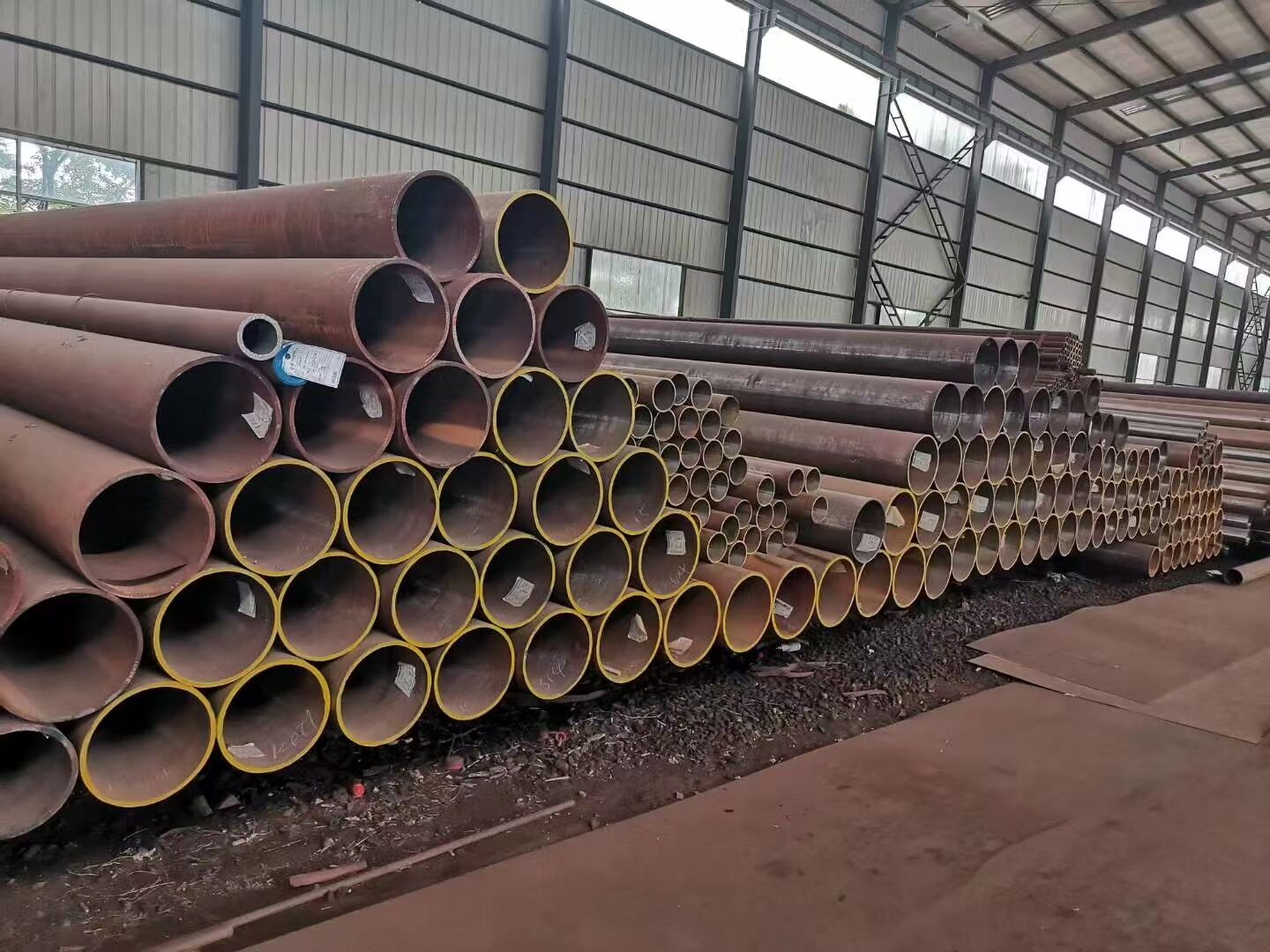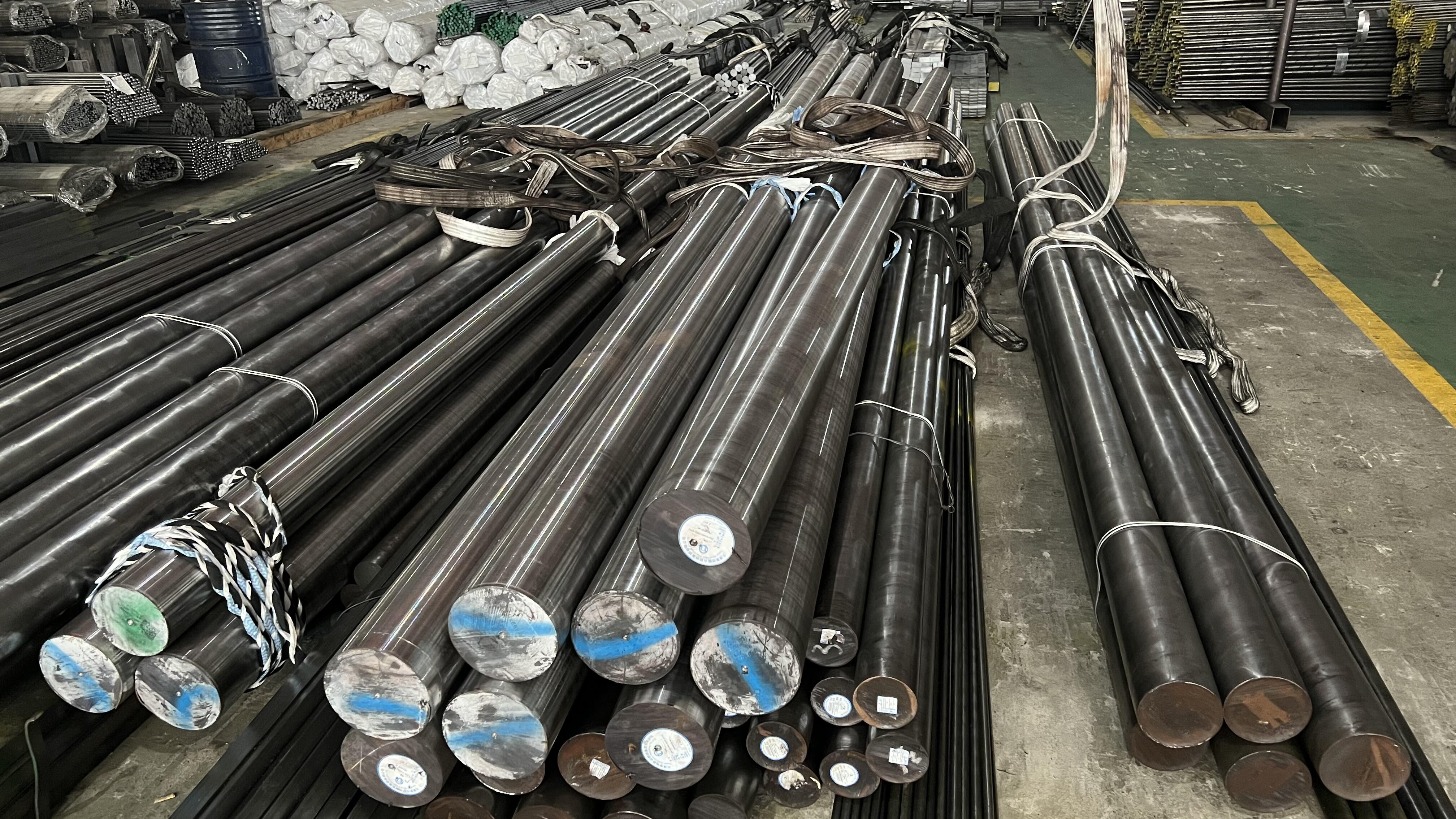The Revolutionary Impact of High Speed Steel in Modern Manufacturing
In the realm of industrial manufacturing and metalworking, high speed steel has established itself as an indispensable material that revolutionized the way we approach cutting operations. This remarkable alloy, developed at the turn of the 20th century, continues to shape the manufacturing landscape through its exceptional properties and versatile applications. From drill bits and end mills to saw blades and turning tools, high speed steel has become the backbone of modern cutting tool technology.
The significance of high speed steel extends far beyond its name - it's not just about speed, but rather a complex interplay of hardness, wear resistance, and thermal stability that makes it uniquely suited for cutting applications. As manufacturing demands continue to evolve, the role of high speed steel becomes increasingly critical in maintaining efficiency and precision in metalworking operations.

Understanding the Composition and Properties of High Speed Steel
Chemical Composition and Metallurgical Structure
High speed steel is a complex alloy that derives its exceptional properties from a carefully balanced mixture of elements. The base material is iron, enhanced with significant amounts of tungsten, chromium, vanadium, and molybdenum. These alloying elements form carbides - extremely hard compounds that give high speed steel its characteristic wear resistance and cutting ability.
The precise composition can vary between different grades of high speed steel, with each formulation optimized for specific applications. For instance, M2 grade, one of the most widely used varieties, contains approximately 6% tungsten, 5% molybdenum, 4% chromium, and 2% vanadium. This combination provides an excellent balance of hardness and toughness suitable for a broad range of cutting applications.
Heat Treatment and Performance Characteristics
The remarkable properties of high speed steel are not just a result of its composition, but also the sophisticated heat treatment process it undergoes. Through careful heating and cooling cycles, the material develops its signature red hardness - the ability to maintain hardness even at elevated temperatures during cutting operations.
When properly heat treated, high speed steel can achieve hardness values up to 67 HRC (Rockwell C scale), while maintaining enough toughness to resist brittle failure. This combination of properties allows cutting tools to operate at higher speeds and feeds, significantly improving productivity in manufacturing processes.
Applications and Advantages in Modern Manufacturing
Versatility Across Different Cutting Operations
High speed steel demonstrates remarkable versatility across a wide spectrum of cutting applications. In drilling operations, high speed steel bits excel at creating precise holes in various materials, from soft aluminum to hardened steel. The material's wear resistance and thermal stability make it particularly effective in continuous cutting operations, where tools are subjected to prolonged periods of stress and heat generation.
The adaptability of high speed steel extends to milling operations, where end mills and face mills must maintain dimensional accuracy while removing significant amounts of material. The material's ability to withstand both mechanical and thermal stresses makes it ideal for interrupted cutting conditions typical in milling processes.
Cost-Effectiveness and Economic Benefits
While initial costs may be higher compared to basic carbon steel tools, high speed steel offers superior economic value through extended tool life and improved productivity. The material's durability means fewer tool changes, reduced downtime, and more consistent cutting performance over time. These factors contribute to lower overall production costs and improved manufacturing efficiency.
The cost-effectiveness of high speed steel is further enhanced by its regrinding capability. Unlike some other tool materials, high speed steel tools can be resharpened multiple times without losing their essential properties, maximizing the return on investment for manufacturing operations.
Future Developments and Innovations
Advanced Coating Technologies
The evolution of high speed steel continues through the development of advanced coating technologies. Modern surface treatments and coatings can enhance the already impressive properties of high speed steel, providing additional wear resistance, reduced friction, and improved thermal stability. These innovations extend tool life and enable even higher cutting speeds and feeds.
Emerging coating technologies, such as physical vapor deposition (PVD) and chemical vapor deposition (CVD), are opening new possibilities for high speed steel applications. These coatings can be customized to specific cutting conditions, further expanding the material's versatility and performance envelope.
Integration with Digital Manufacturing
As manufacturing moves toward Industry 4.0, high speed steel cutting tools are being integrated with smart manufacturing systems. Sensors and monitoring systems can now track tool wear and performance in real-time, optimizing cutting parameters and predicting maintenance needs. This integration ensures maximum utility from high speed steel tools while minimizing unexpected failures and production interruptions.
The combination of traditional high speed steel properties with modern digital technologies creates a powerful synergy that drives manufacturing efficiency and quality to new levels. This evolution continues to cement high speed steel's position as a cornerstone of modern manufacturing technology.
Frequently Asked Questions
What makes high speed steel different from regular tool steel?
High speed steel contains higher amounts of alloying elements like tungsten, molybdenum, and vanadium, which form special carbides that provide superior hardness and wear resistance. These elements also give high speed steel its characteristic ability to maintain hardness at elevated temperatures, unlike regular tool steel.
How long does a high speed steel cutting tool typically last?
The lifespan of a high speed steel cutting tool depends on various factors including cutting conditions, workpiece material, and operating parameters. Under optimal conditions, high speed steel tools can maintain their cutting edge for several hours of continuous use and can be resharpened multiple times, potentially lasting for months of regular use.
Can high speed steel be used for all types of metalworking?
While high speed steel is extremely versatile, it may not be the optimal choice for every application. It excels in most general-purpose cutting operations and is particularly effective for cutting various steels, cast iron, and non-ferrous metals. However, for extremely hard materials or very high-speed applications, other tool materials like carbides might be more suitable.


